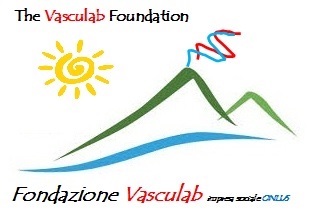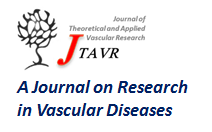DOI: 10.24019/issn.2532-0831
Online ISSN 2532-0831

Journal of Theoretical and Applied Vascular Research
Journal website: http://www.vasculab.eu/jtavr.xml
JTAVR 2017;2(2): 67-76

The discovery of lymphatic system as a turning point in medical knowledge: Aselli, Pecquet and the end of hepatocentrism

L Tonetti1
accepted Sep 16, 2017
EPub ahead of Print: Dec 22, 2017
Published: Dec 31, 2017
Abstract In this paper, I would like to analyse the impact of the discovery of lymphatic system on the development of the modern conception of human body. The discovery of lymphatics, as that of blood circulation, has in fact questioned important tenets of Galen's anatomo-physiology. Galen defended a 'dualistic conception' of the blood: he distinguished two different systems, the hepatic-venous system and the cardio-arterial one. The liver played a pivotal role because it was believed to transform the chyle received by the portal vein into venous blood. The discovery of lymphatics challenged this view: 17th-century anatomical dissections and experiments, starting with the discovery of milky veins by Gaspare Aselli (1581-1625) and the studies on thoracic duct by Jean Pecquet (1622-1674), irrefutably showed that the chyle does not pour out in the liver and that, consequently, the liver does not produce blood.
since Dec 22, 2017
 - DOI: 10.24019/jtavr.27 - Corresponding author: Dr. Luca Tonetti, EMail tonetti.luca@gmail.com
- DOI: 10.24019/jtavr.27 - Corresponding author: Dr. Luca Tonetti, EMail tonetti.luca@gmail.com © 2017 Fondazione Vasculab impresa sociale ONLUS. All rights reserved.
© 2017 Fondazione Vasculab impresa sociale ONLUS. All rights reserved.